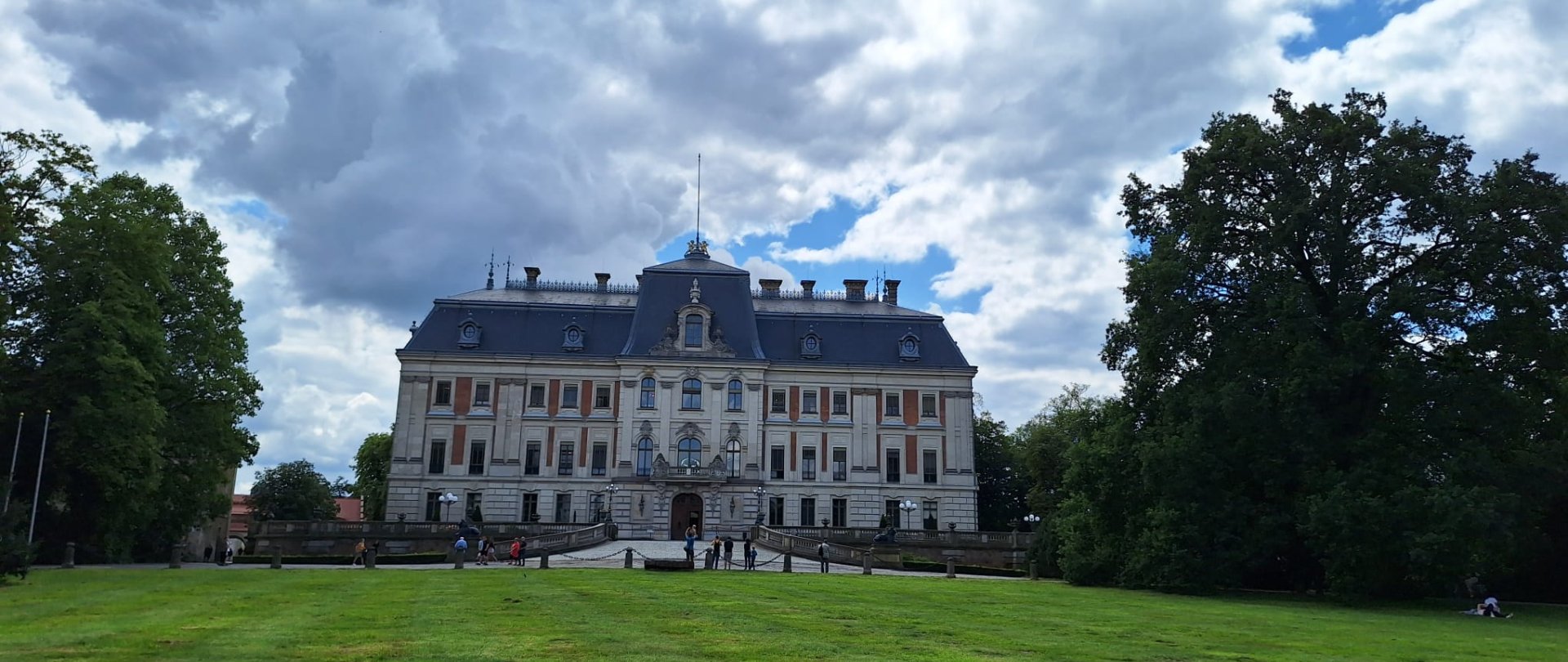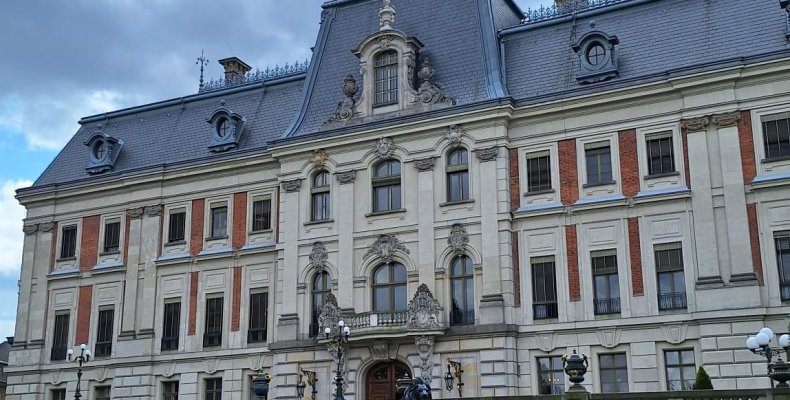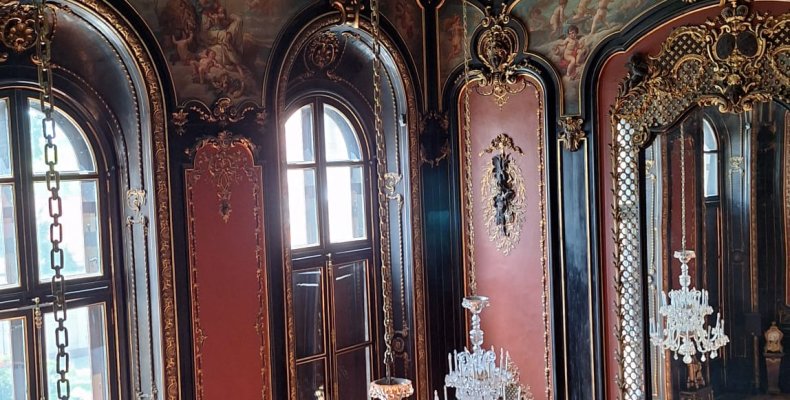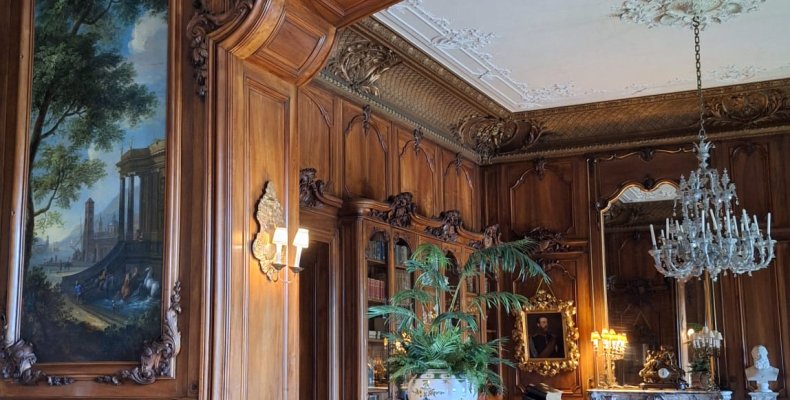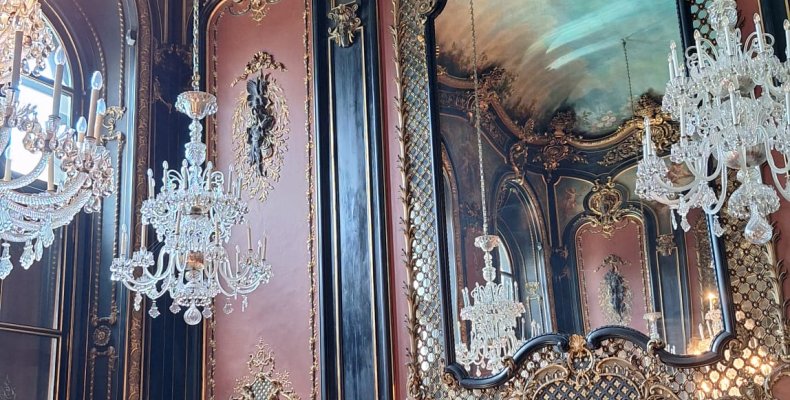Are you heading to the Silesian Beskids? Plan your trip to include a stop in Pszczyna. Visit the Castle Museum in Pszczyna, discover the story of Princess Daisy, and take a stroll through the beautiful park.
Pszczyna Palace is a gem of the Silesian Voivodeship and certainly one of the most beautiful buildings of its kind in Poland. It's impossible to pass by it indifferently. You can plan a whole day for your visit, but you can easily explore the entire museum in about 3 hours.
History of Pszczyna
Pszczyna is a city with a rich history dating back to the Middle Ages. The first mentions of the town date back to the 13th century, and Pszczyna received its town charter in 1319. Due to its strategic location on important trade routes, it quickly became a key point on the region's map.
While here, be sure to visit Pszczyna Palace – a true gem of the Silesian Voivodeship. Don't forget to take a walk around the market square, which has retained its medieval layout, and visit the 14th-century Church of St. Hedwig. It's also worth spending time in the picturesque park surrounding the palace. A bit further away, you'll find a showcase enclosure for European bison.
Pszczyna Palace – a brief history
Pszczyna Palace is one of the most beautiful places in Poland, capturing attention with its architecture and rich history. Its origins date back to the 17th century when a new Baroque residence was built on the site of an earlier knight's castle. Over the years, the palace underwent numerous renovations and modernizations, particularly in the 18th century, when it gained the neo-Baroque character we admire today.
In the 19th century, the palace came into the hands of the Hochberg family, one of the most powerful families in Europe. The Hochbergs, known for modernizing and developing the region, carried out extensive renovations that gave the palace an elegant and modern appearance. Under their influence, Pszczyna Palace became not only a residence but also a center of social and cultural life in the region. Thanks to the Hochbergs, the palace gained its unique role in the city's history, becoming a symbol of their influence and prestige.
Princess Daisy – the face of Pszczyna
One of the most significant chapters in the palace's history is associated with Princess Daisy Hochberg von Pless, the wife of the last owner of the palace. Princess Daisy, born Mary Theresa Olivia Cornwallis-West.
The early years of Daisy's marriage to Prince Hans Heinrich XV of Hochberg were filled with travels across Europe and participation in social events. Initially, they lived in Książ Castle, but Daisy quickly became attached to the smaller Pszczyna Palace, which eventually became her favorite place.
Daisy Hochberg von Pless gave birth to four children: a daughter who died shortly after birth, and three sons: Hans Heinrich XVII, Alexander, and Konrad, known as Bolek. Her marriage to Hans Heinrich XV ended in divorce in 1922. After the divorce, Daisy lived in Munich, on the French Riviera, and in a house on the grounds of Książ Castle. She passed away on June 29, 1943, in Wałbrzych and was buried in a nearby cemetery.
Her influence on the city's development was significant. Daisy initiated the construction of a modern school for children and a hospital, significantly improving living conditions in the region. She also supported the establishment of nursing homes and charitable institutions, contributing to the development of local social infrastructure.
Princess Daisy was also active in cultural affairs; she organized events such as concerts, art exhibitions, and literary meetings at the palace, attracting the social and artistic elite. Her personal commitment, kindness, and care for others made her a symbol of compassion and goodness. To this day, she is remembered as one of the most beloved figures in Pszczyna's history, and her influence on the city's development remains evident in many aspects of its life.
In honor of Princess Daisy, on May 1, 2009, a bench dedicated to her was unveiled in the market square in Pszczyna, a work by sculptor Joachim Krakowczyk.
Castle Museum in Pszczyna – visiting
The Castle Museum in Pszczyna Palace is a true treasure trove of knowledge about the region's history and the palace itself. Exploring its interiors is a journey through the centuries, where you can admire well-preserved representative rooms, elegant furniture, valuable paintings, and unique art collections. The museum also offers a rich exhibition dedicated to the daily life of the palace's residents and the inhabitants of Pszczyna over the centuries.
In addition to permanent exhibitions, the museum also organizes temporary exhibitions and cultural events. Thanks to interactive guides and audio guides, visiting becomes even more fascinating and educational.
The museum is open:
In the summer season (May 1 - September 30): Monday - Friday: 9:00 AM - 5:00 PM, Saturday - Sunday: 10:00 AM - 6:00 PM In the winter season (October 1 - April 30): Monday - Friday: 9:00 AM - 4:00 PM, Saturday - Sunday: 10:00 AM - 5:00 PM
It's worth noting that the museum is closed on Mondays during the winter season and on holidays such as January 1st and December 25th. It's always advisable to check current information on the museum's website or contact them directly before your planned visit.
Tickets can be purchased through the museum's website or on-site (at the ticket office or at machines located at the entrance to the museum area).
European bison show enclosure in Pszczyna – a family attraction
If you're in Pszczyna with your family, be sure to visit the European Bison Show Enclosure located a few hundred meters from the palace. This unique place allows you to see bison and other wild animals such as deer, wild boars, and roe deer in conditions close to their natural habitat.
Bison are a symbol of environmental protection, and their presence in the enclosure emphasizes the commitment to preserving biodiversity. At the enclosure, you can learn more about the bison conservation program, their history, and their role in the local ecosystem.
This is an excellent opportunity to get up close to these impressive animals, understand their importance to nature, and learn about local culture and traditions related to wildlife conservation.
Summary
Pszczyna is a place that will certainly enrich any journey. Pszczyna Palace, with its rich history and beautifully preserved interiors, and the European Bison Show Enclosure offer extraordinary experiences for history and nature enthusiasts alike. It's worth taking some time to discover these treasures and feel the unique atmosphere of this region. Whether you're planning a short stop or a full visit, Pszczyna will surely leave unforgettable memories.


